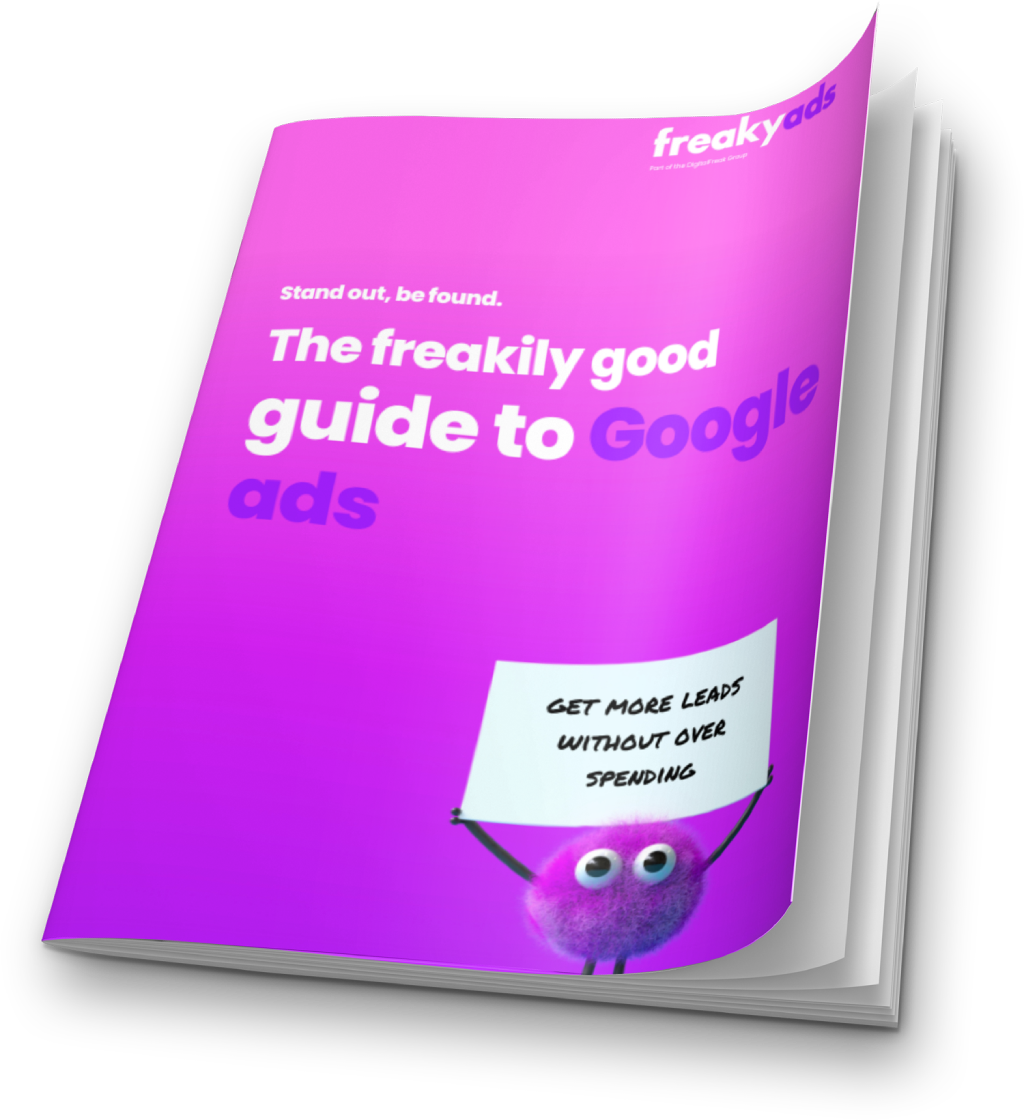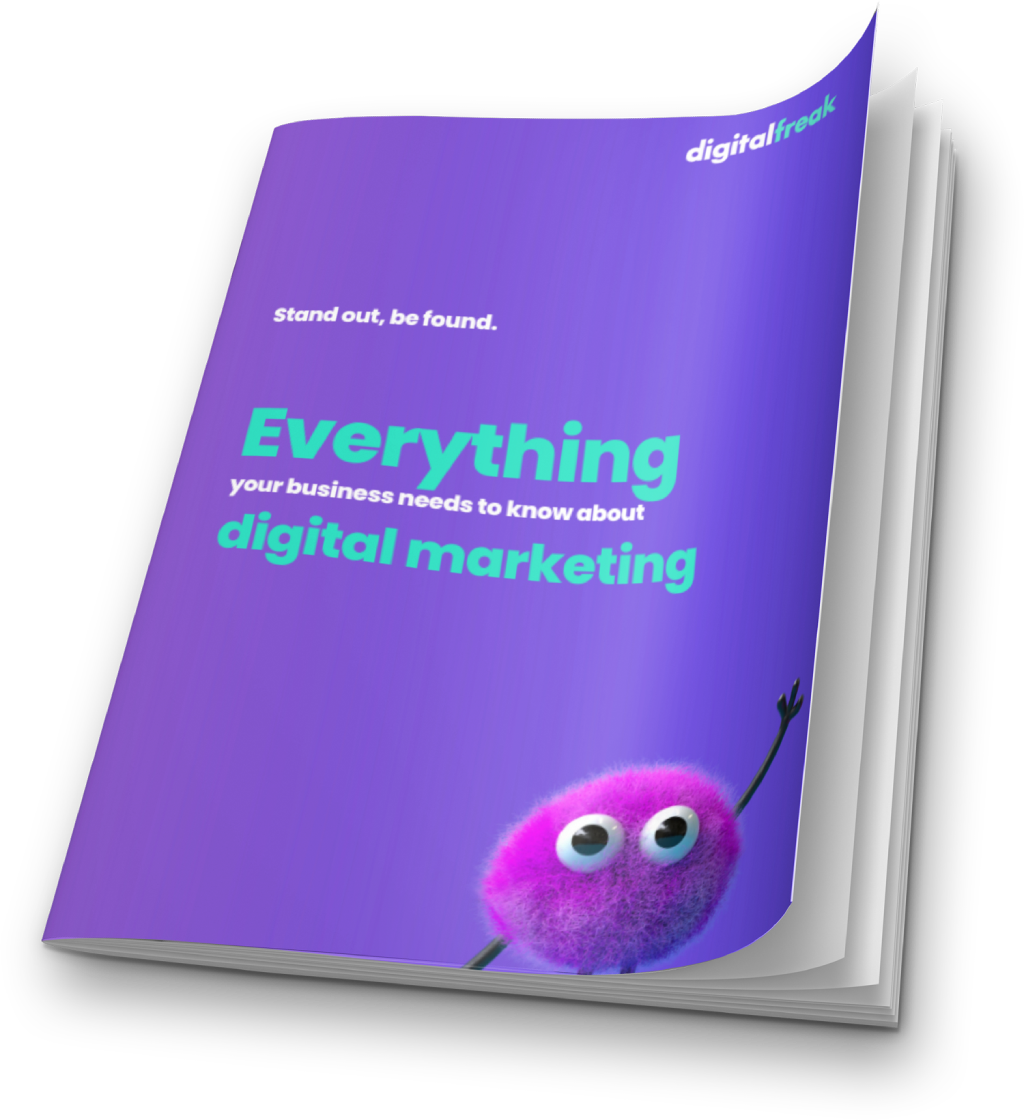A lack of engagement with your website or app is frustrating. We often get business owners coming to us with this problem. When we investigate, it’s usually user experience (UX) that’s to blame. It’s not enough that your website is attractive-looking and error-free; it also has to be appealing to the user, encouraging them to spend more time and ultimately make a purchase. Here are the most common UX mistakes that businesses make that turn customers away, from our website design team in Melbourne.
Mistake #1 – Forgetting Who Your Audience Is
Your website should meet the general expectations and interests of your target market about your products and services. That’s good website design in a nutshell. This means taking a look at your website and seeing how it measures up in terms of looks, content and usability against similar-type websites. For example, if your site sells trendy kitchen and lifestyle goods for foodies, it should look trendy and niche – not like a website from the 90s. It should have clear categories, reviews, great product images and a smooth checkout process. Similarly, if you run a cake baking business for weddings, birthdays and baby showers, your site shouldn’t look like Apple’s. It should be warm, welcoming and joyful, with plenty of great photos of all your work, and a contact/bookings page for anyone who wants an appointment.
Your website needs to be appealing and functional for your client, not just your website designer.
Mistake #2 Cluttered Content
Websites with countless pages filled with similar-sounding information and call-to-action buttons that take users to even more pages quickly become frustrating to use. That’s when your customer becomes your competition’s. Research has shown that visitors often leave a web page in just 10-20 seconds. Only great quality web pages manage to hold their attention for longer.
When it comes to website navigation and functionality, few things are more important than clear, relevant, well-organised pages and easy movement through the sales process.
Avoid pop-ups that demand email subscriptions, multiple CTA button pop-ups or sign-ups for free demos and other visual elements that detract from your products and services. That’s not to say that you can’t incentivise or encourage your user to sign up to an email or take action. To be successful, however, you have to time it right and do it very infrequently. For example, on a first-time purchase, you can have a small pop-up that says they can get 10% off if they sign up to your newsletter, but don’t spam them on every page.
Mistake #3 – Shiny Object Syndrome
No industry or business is completely immune to shiny object syndrome – the behaviour where we get completely distracted from our original purpose because of the latest new thing. It happens everywhere and it’s one of the few ways that innovation can wreck a product – especially a website!
For example, there’s a really good reason that there’s a standardised structure to ecommerce websites, just like there’s a standardised structure to stores in a mall. Your cart is located in the top right of the screen, products are listed and categorised along the top of the banner, and so on. It makes shopping an easy habit – and that’s not something that should be tinkered with.
Just because there’s a fun, new way to design a website that can be used for ecommerce purposes, doesn’t mean you should. Your excitement over this shiny new innovation can affect basic navigation and important UX elements, disrupting this habitual flow and leaving customers confused and frustrated.
Mistake #4 Not Prioritising Loading Speed
With so many options for competing products and services at our fingertips, users are more impatient than ever. If your website won’t load quickly, they’re off to option two. And we do mean quickly. If your site doesn’t load in 2 seconds or less, you’ll lose 40% of your visitors. But there are two sides to this issue, as sales and conversions increase when you invest in a faster website, as both Firefox and supermarket giants Walmart discovered.
Your great website content, your inbound marketing efforts and your social media ads won’t count for anything if users have to wait to access your product and services pages. Your SEO efforts won’t even matter, as Google will assign faster websites (which contribute to a good UX in their algorithm) higher ranks. Website design optimisation for load speed needs to be a priority.
Factors that impact website load speeds include design aspects like enabling file compression, optimising code, reducing redirects, removing render-blocking JavaScript and leveraging browser caching. Optimising your images can also make your website faster.
Mistake #5 Not Including Website Design Optimisation for Mobile
Mobile devices put website browsing into the palm of our hands; we can do it anytime, anywhere. Yet some websites are still not fully-optimised for mobile. In 2019 alone, mobile accounted for about half of all web traffic globally. In terms of ecommerce, in the USA alone mobile accounted for over one-quarter of total e-commerce, and (according to the PayPal m-Commerce index) one in every four shoppers in Australians will purchase items using a mobile device.
Responsive web design or having a mobile website is just the first step in mobile optimisation. Common issues with non-optimised websites viewed on mobile include huge volumes of copy that force users to scroll endlessly, poor quality images, too-small CTA buttons and unclear navigation.
When you test your website for mobile, remember to use a range of different devices and brands as they all have different screen sizes and resolution.
When you want to build a website that not only looks great but functions seamlessly on multiple devices too, it’s important to have a team on your side that understand your business as well as cutting-edge website design optimisation. Get in touch with our website design team in Melbourne today and let us show you what’s possible.

Written by
Bianca Stephenson - Content Specialist
You know how they say content is King? Well, meet the Queen. Engaging and exciting content is what I’m here to create. Whether it’s websites, print, digital, or social graphics – I take your brand’s vision and industry trends and turn them into high-quality content.














